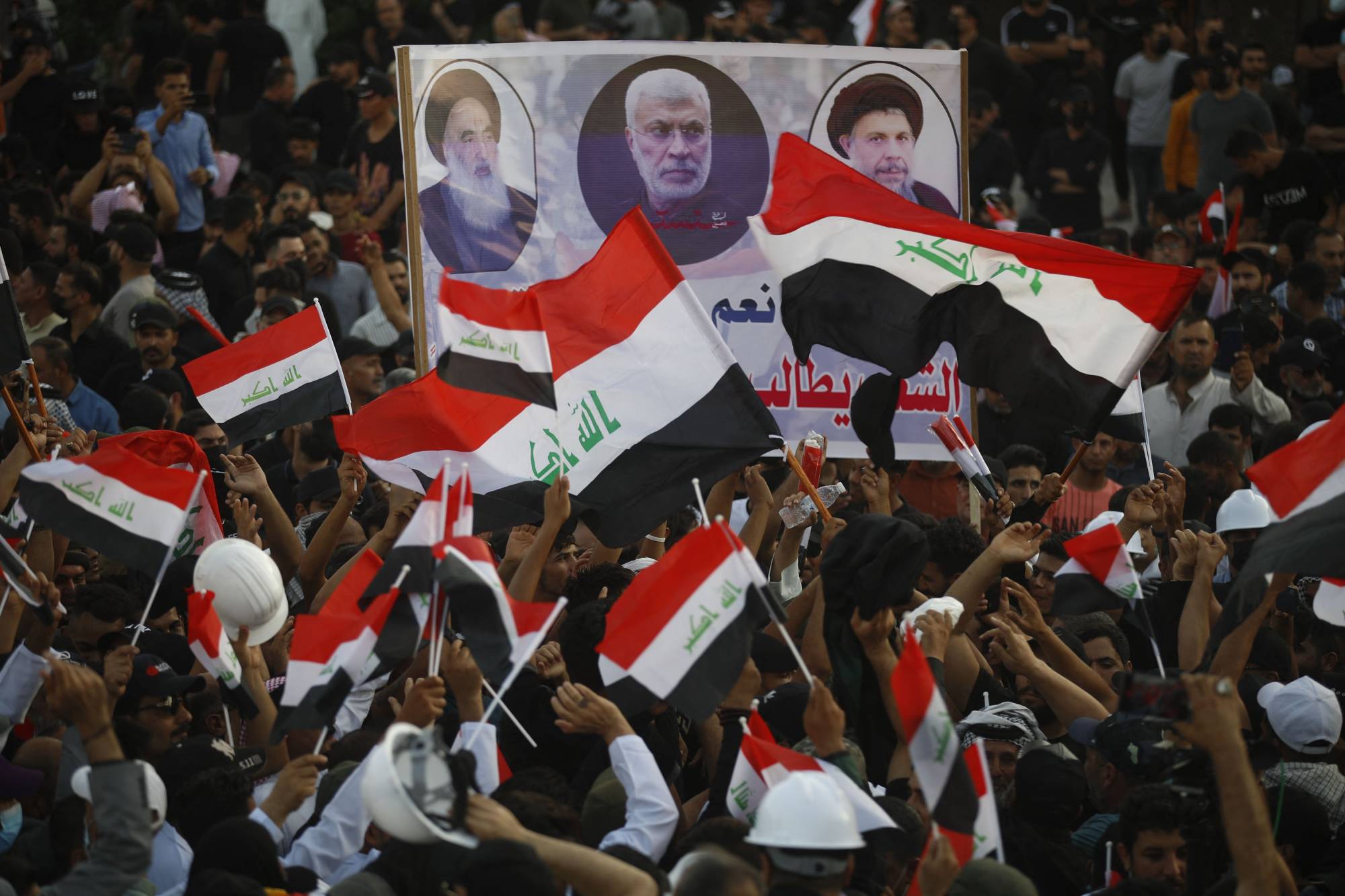When a pronouncement by a religious scholar in Iran drove Iraq to the brink of civil war last month, there was only one man who could stop it: a 92-year-old Iraqi Shiite cleric who proved once again he is the most powerful man in his country.
Grand Ayatollah Ali al-Sistani said nothing in public about the unrest that erupted on Iraq’s streets. But government officials and Shiite insiders say it was only al-Sistani’s stance behind the scenes that halted a meltdown.
The story of Iraq’s bloodiest week in nearly three years shows the limits of traditional politics in a country where the power to start and stop wars rests with clerics — many with ambiguous ties to Iran, the Shiite theocracy next door.


















With your current subscription plan you can comment on stories. However, before writing your first comment, please create a display name in the Profile section of your subscriber account page.